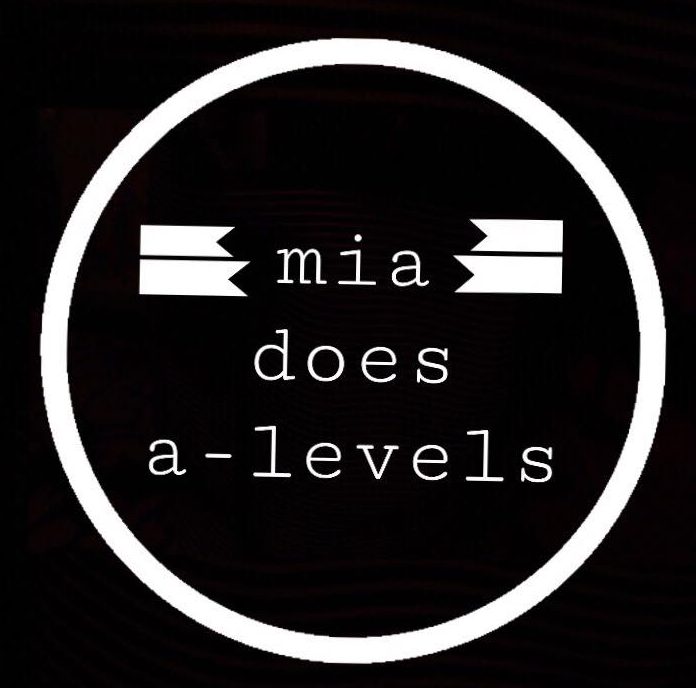AIM:
To find out more about dreaming, specifically, find answers to the following questions:
• Does dream recall differ between eye movement (REM) and quiescent (NREM) stages of sleep? meaning, will individuals remember their dreams differently in REM and NREM
• Is there a positive correlation between subjective estimates of dream duration and the length of the REM period before waking? meaning, would the real duration of the REM length coincide with the individual’s assumption about its length
• Are eye movement patterns related to dream content? meaning, is what we dream influencing how our eyes move during sleep
BACKGROUND:
Aserinsky and Kleitman (1955) were first to use an EEG (a machine that detects the activity of nerve muscles) to investigate sleeping and dreaming. They found that humans have several sleep stages during the night, which alternate from REM (rapid eye movement) to NREM (non-rapid eye movement). They reported that those participants woken up during the REM sleep stage reported more vivid, visual dreams.
RESEARCH METHOD:
This was a laboratory experiment since participants had to sleep in a laboratory, away from their usual environment, with electrodes from the EEG attached to them.
EXPERIMENTAL DESIGN:
The experiment had a repeated measures design since all participants underwent generally the same procedure, however, to find answers for specific questions, there were sometimes slight differences for some participants.
VARIABLES:
For question 1, involving the difference between REM and NREM, the independent variable was whether participants were woken up in REM or NREM and the dependent variable was how well they recalled their dream.
For question 2, involving the real and subjective estimate of the dream duration in REM, the independent variable was whether participants were woken up after 15 or 5 mins in REM sleep. The dependent variable was whether their subjective guess of the estimate duration was right.
SAMPLE:
Initially, 9 adults were recruited to participate in the study – 7 males and 2 females. However, only 5 of those were studied in detail. The results from the other 4 were used to confirm the reliability of the other 5.
PROCEDURE:
Prior to the study, participants were instructed to abstain from drinking caffeinated beverages and alcohol. They were expected to arrive at the laboratory just before their usual bedtime. They had to sleep in a dark room with electrodes attached to their scalp and the wires gathered in a ponytail. They were woken at various times during the night by a loud doorbell and had to describe their dream in a tape recorder and go back to sleep. The reports were operationalized as ‘dreams’ if the participants could actually recall its content and not just a feeling or impression of it.
• For question 1, participants were woken either during their REM or NREM sleep stages, this was decided using either a random number table, in groups of three, deceiving the participant in which sleep stage they were woken up in or at experimenter’s choice. If necessary, after recording their dream, the experimenter entered to ask further questions.
• For question 2, participants were woken during REM sleep, at either 5 or 15 minutes after entering the stage. They had to guess the duration of their dream. The number of words used to describe the dream narrative was also counted.
• For question 3, participants were woken after a particular eye-pattern movement was recorded by the EEG for more than one minute. These included mainly vertical, mainly horizontal, vertical and horizontal or little to no movement. The reports were compared to 20 others from woken participants instructed to watch distant and close activities.
RESULTS:
It was reported that dream stages last from 3 to 50 minutes with a mean duration of 20 minutes and they were typically longer in the night. There were bursts of around 2 to 100 rapid eye movements.
No rapid eye movements were recorded at the beginning of the REM sleep.
Slee cycles varied from 70 to 104 minutes, mean duration of 92 minutes.
Participants tended to return back to NREM when woken on NREM but usually when woken in REM, did not dream until the next NREM stage.
• Results for question 1: 79% of participants woken up in REM produced dream recall and 93% in the NREM didn’t. Absence of dreaming during REM was more common later in the night. When woken in NREM, participants tended to describe rather feelings and no specific dream content. Participants did not become more accurate over time – they didn’t learn the pattern of their awakenings.
• Results for question 2: 88% of participants guessed the 5 minutes correctly and 78% the 15 minutes correctly. The dream duration and the number of words used to describe the dream narrative were significantly positively correlated.
• Results for question 3: Periods of just vertical or just horizontal were not common. One dream throughout which the participants had only vertical eye movement involved climbing up a series of ladders and looking down as he climbed and in another, the dreamer was shooting at a basketball at a net. An example of a horizontal eye movement dream was two people throwing tomatoes at each other. In a little no eye movement dream, the participants dreamed of staring at a distant object. In mixed eye movement dreams, participants reported looking at close object or persons. The eye movements from the awake comparison participants were similar in amplitude and pattern.
CONCLUSIONS:
Dreaming is reported in REM but not in NREM. Participants can judge the length of their dream duration – dreams progress in ‘real time’. Eye movement patterns relate to dream content.

EXcellent explaination
LikeLike
This really helped meeeee thankssss
LikeLike